#quintin tarantino
Text
Death Proof, Quintin Tarantino, 2007
48 notes
·
View notes
Text
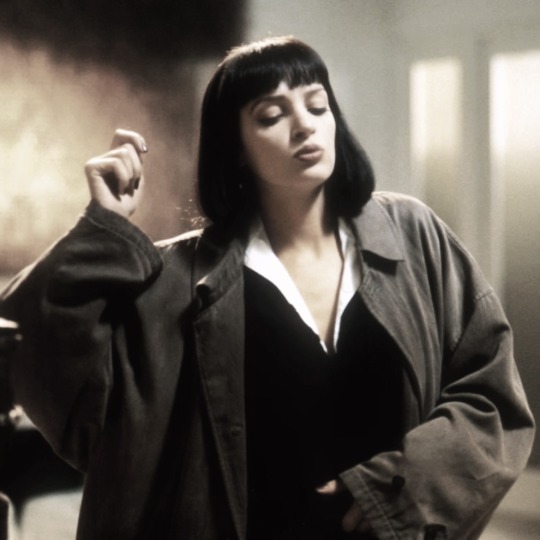




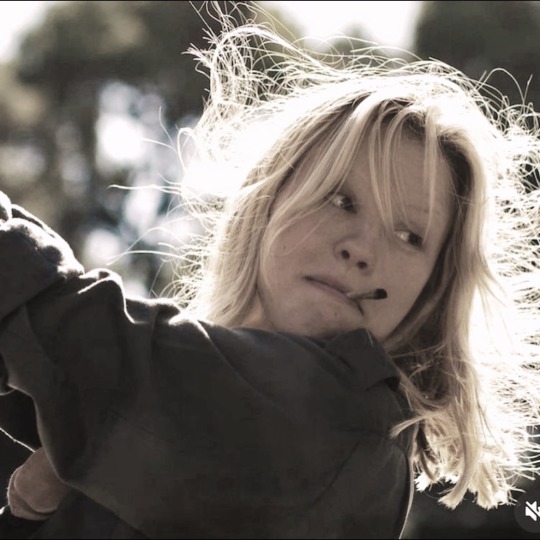
・❥・ like if using. don’t repost.
#mia wallace#uma thurman#pulp fiction#quintin tarantino#cassie ainsworth#cassie skins#cassie skins uk#skins#skins uk#mia goth#mayday#mayday 2021#mayday marsha#marsha mayday#icons#icon#pfp#pfps#femcel#just girly posts#just girly things#female fatale#femme fatale#femcel icons#girlblogging#female hysteria#female manipulator
68 notes
·
View notes
Text
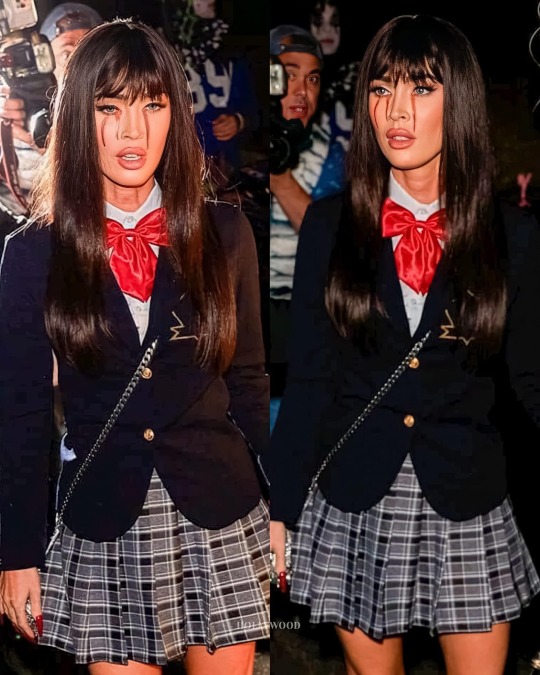
Megan Fox dressed up as Gogo Yubari from Kill Bill for Halloween last night.
#im just a girl#female rage#the feminine urge#female insanity#girl boss gaslight gatekeep#kill bill#gogo yubari#quintin tarantino
32 notes
·
View notes
Text
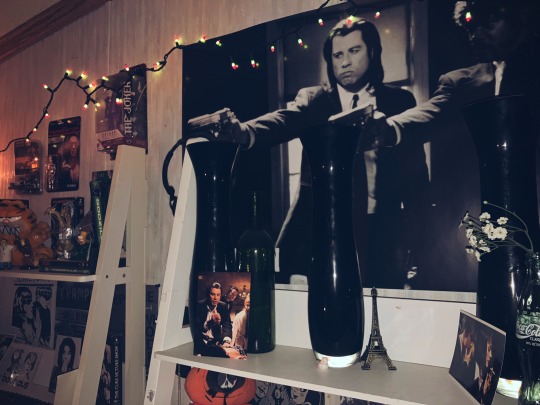
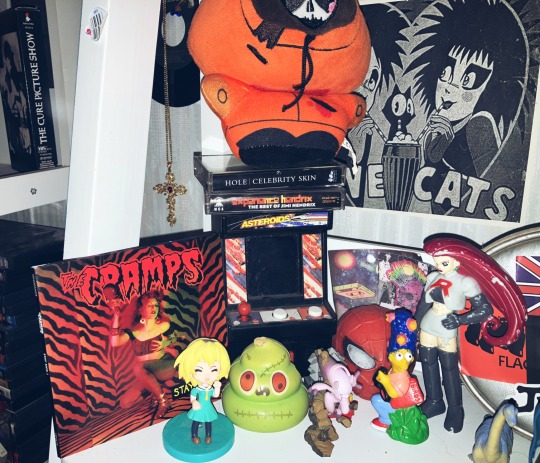
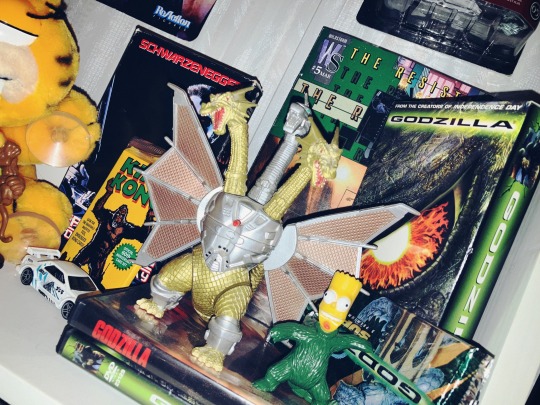


Updated shelves!!! I got a bunch of new junk since last time I’ve posted, as you can see I am a minimalist
#alternative#metal head#alt#nu metal#goth#90s#type o negative#godzilla#the misfits#bauhaus#70s#punk#the cramps#decendents#sublime#Pokémon#pulp fiction#90s room#room#room tour#jimi hendrix#trippy#retro#vintage#aesthetic#garfeild#king ghidorah#quintin tarantino
10 notes
·
View notes
Text

thinking abt Sharon everyday but especially today💛. (1943-1969) R.I.P Sharon Tate,her unborn baby Paul,Jay Sebring,Voytek Frykowski,Abigail Folger and Steven Parent🕊️🧡
#sharon tate#hollywood#once upon a time in hollywood#margot robbie#quintin tarantino#lana del ray aesthetic#60s aesthetic#old hollywood#valley of the dolls
27 notes
·
View notes
Text

Jackie Brown -
Dope movie that doesn’t get the recognition it deserves.
28 notes
·
View notes
Text
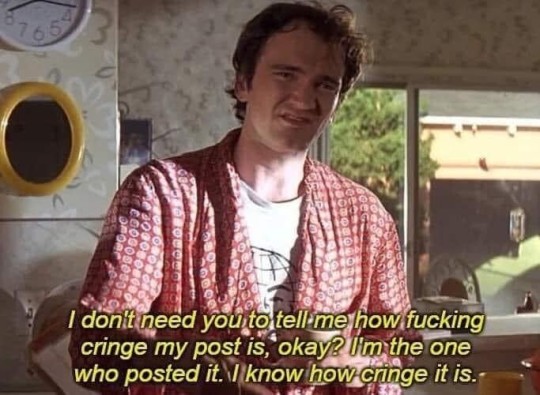
#pulp fiction#pulp fiction meme#quintin tarantino#cringe#fyi#psa#funny memes#dank memes#best memes#lol memes#memes#meme#dankest memes#dank memage#dankmeme#ausgov#politas#auspol#tasgov#taspol#australia#neoliberal capitalism#fuck neoliberals#anthony albanese#albanese government
11 notes
·
View notes
Text
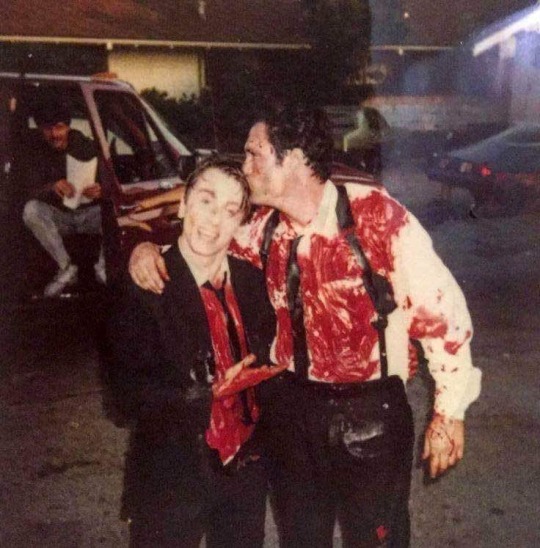
obsessed with this picture from the reservoir dogs set
38 notes
·
View notes
Text
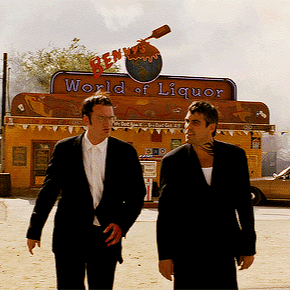


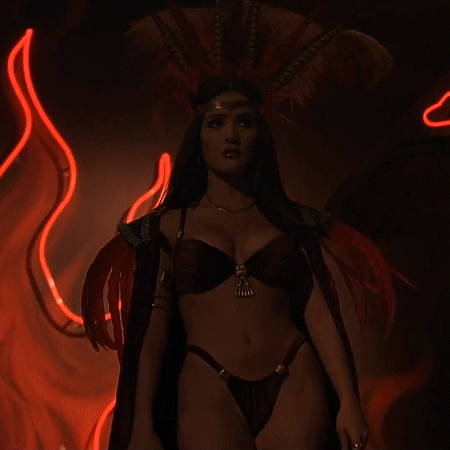

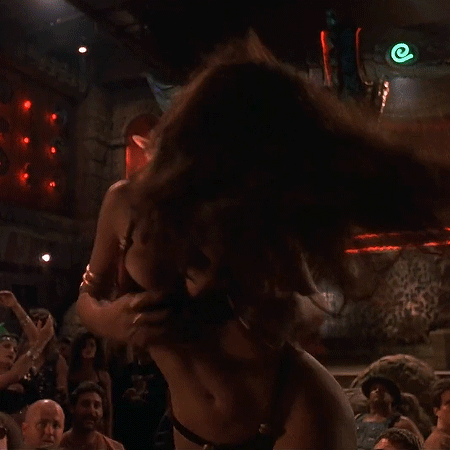


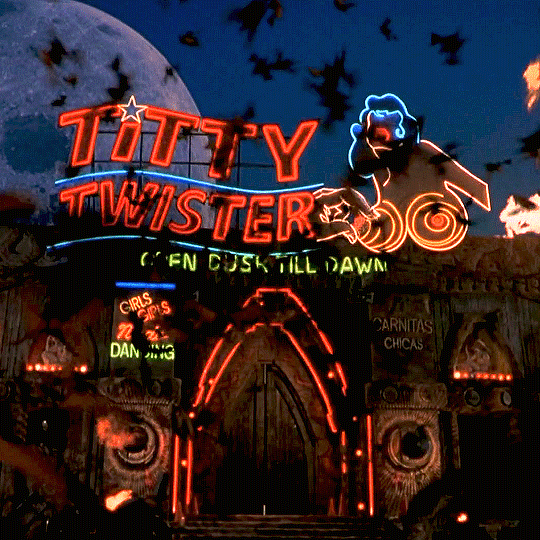
#from dusk till dawn 1996#george clooney#quintin tarantino#selma hayek#cheech marin#danny trejo#vampires
18 notes
·
View notes
Text
Jackie Brown is legit a comfort movie for me tbh. It's got such a great soundtrack too. Great movie, I love that movie.
#acroooss a hundred 'n' tenth street...#pimps tryin'a catch a woman that's weak ooohhh oooohhh#quintin tarantino#jackie brown#hexacles.txt
3 notes
·
View notes
Text

3 notes
·
View notes
Text
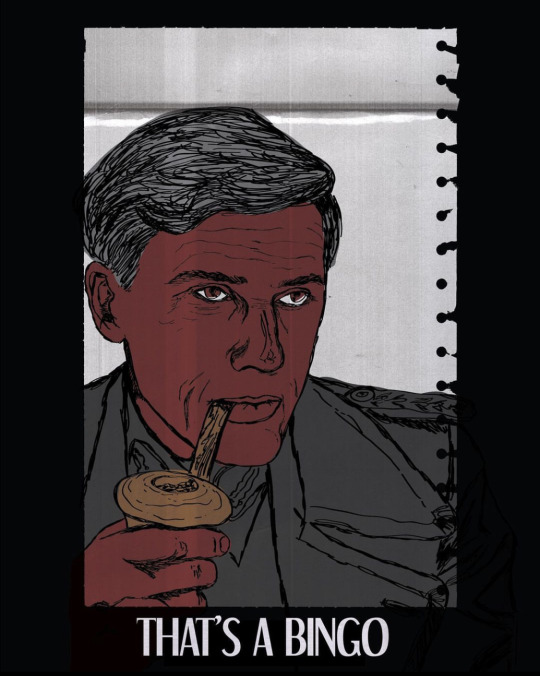
#new artist#artists on tumblr#tumblr art#digital art#milevibe#new art account#tarantino film#inglourious basterds#hans landa#christoph waltz#shoshanna#tarina tarantino#tarantino movies#quintin tarantino
15 notes
·
View notes
Text
Kill Bill Vol. 1
18x25 Poster

2004 Best Buy Promotional Poster
Miramax Films
#poster collector 1975#quintin tarantino#uma thurman#lucy liu#vivica a. fox#michael madsen#daryl hannah#david carradine#sonny chiba#chiaki kuriyama#gordon liu#miramax films#best buy#movie poster#promotional posters
4 notes
·
View notes
Text
A 1/2 review of Once Upon a Time… in Hollywood 2019 review
By Sam B.; Rewatched Jul 24, 2019
To be at the end of an era is one helluva thing, and Tarantino’s Once Upon a Time In Hollywood almost feels prophetic now, coming at the tail-end of an age for cinema, a medium that has since been irrevocably altered, with no clear path forward. The film itself is the opposite of a eulogy, a ressurection of some falsified past. It is a vile motion picture.
The first two interimible hours are a sub-par hangout movie with some cranky metatext. Dicaprio plays Rick Dalton, a star who never quite gets his due, in a startlingly nondescript role that leaves Leo floundering to make any choices in performance. Brad Pitt is very good and very wrong for the role of Cliff, a happy-to-be-here wife-killer stunt double who offers Dalton ceaseless half-earnest validation (the better version of this Hollywood arrived during the film’s awards campaign, in Pitt and DiCaprio’s interview with Marc Maron). The male bonding here is witless and monotonous; Without the too-clever dialogue as a distraction, Tarantino’s just a hack who can’t structure a narrative.
It’s an ugly looking film, too; The cinematography is piss-yellow and lifeless, as if the colorist colorist were a drunk housepainter for a Days Inn. For a filmmaker so enamored with artificial pastiche, Tarantino gives the audience little to gawk at, the low-key energy of those long drives distending into uninspired boredom.
The relative absense of Charles Manson himself in the film is one of the less sinister, clearer creative decisions in the film, because the leader was already omnipresent in California in the late sixties, his hoard connected to every production and party. It’s been argued that this is meant to be emasculating, but the lack of an actual figurehead prohibits any demystification of the cult, let alone real insight into its impact on culture. Manson is made a ghost, breaking any warm delusions the film presents about old Hollywood. The camera explores Spahn Ranch and its inhabitants with the same mild curiosity and nostalgia as the Sunset Strip as if guided by that spectre, but Tarantino offers inconsistent answers to what, exactly, he’s haunting.
OUATIH is hyper-focused on cultures that oppress women, though to what end remains unclear for most of the runtime. Much has been made of Margot Robbie’s lack of lines, but I am less concerned with that metric (her hacky, maudlin setpiece remains the only scene in the film to achieve a childlike wonder) than the quesy evocations of engendered violence. The casting of Maya Hawke (whose mother, Uma Thurman, was critically injured in a car crash on the set of Kill Bill due to negligence and pressure from Tarantino) as Flower Girl feels like commentary, but whether it’s an apology, a brag, or an expression of guilt never gets explored, mostly out of formal ineptitude and cowardice. When Margaret Qualley asks Brad Pitt to suck his dick and he responds asking her age, she muses, “Nobody has asked me that in so long.” This is a heartbreaking line, and coming after the camera has lingered on her feet for several minutes, could be read as confessional, a feeling of complicity on the part of Tarantino. But he demonstrates zero understanding for how this widespread pattern of trauma reverberates and replicates into the present day, compartmentalized into some vague historical evil. It is a useless evocation of real tragedy reduced to an allegorical complication. There are startling few hints at Manson’s white supremacy. The film’s defenders have used the Manson family’s racism as a way of justifying the climax, but this doesn’t take into account Hollywood’s own skiddishness in displaying it. Tarantino has never before shied away from tackling racism’s intersection with misogyny (see: his film directly before OUATIH, the heinous, nonsensical Hateful Eight), and the avoidance here doesn’t read as maturity. If it’s still positing the girls’ white supremacy as justification for Tarantino’s leering, condescending, misogynistic lens, that’s no less infantile, privileged, and stupid than his past work. Pitting two forms of oppression against one another in some kind of quantitative system of value judgement isn’t just lazy semiotics, it’s reactionary political theory.
All decorum falls aways by the time Dalton uses a flamethrower on a screeching, bloodied young girl in a scene that recalls New French Extremity’s sadistic obsession with desecrating women’s bodies as an antipathic aesthetic act. Rick gets the flamethrower from the set of a Nazi-killer flick, just as Tarantino gets the ending from Inglorious Basterds. But unlike his previous flirtations with historical revisionism, there are no films explicitly *about* the Manson Murders’ ripple effect off of which Tarantino can riff, so the ostensibly optimistic ending has no clear path forward. What future is he imagining, besides one where Polanski career is unsullied in some hypothetical alternative path where he’s never caught? The titular fantasy, where Rick Dalton and Tarantino finally get to be the stars of a world where history has been subsumed by cinema, is childish. That very same history carries countless women’s stories of suffering at the hands of men in power, and with a single gesture Hollywood offers not liberation, but total erasure. In its wake remains a film that, despite any political or nostalgic pretense, delights in the evisceration the bodies of women to protect a philosophical status quo.
#quintin tarantino#tarantino#inglourious basterds#once upon a time in hollywood#brad pitt#article#theory#letterboxd
3 notes
·
View notes
Text
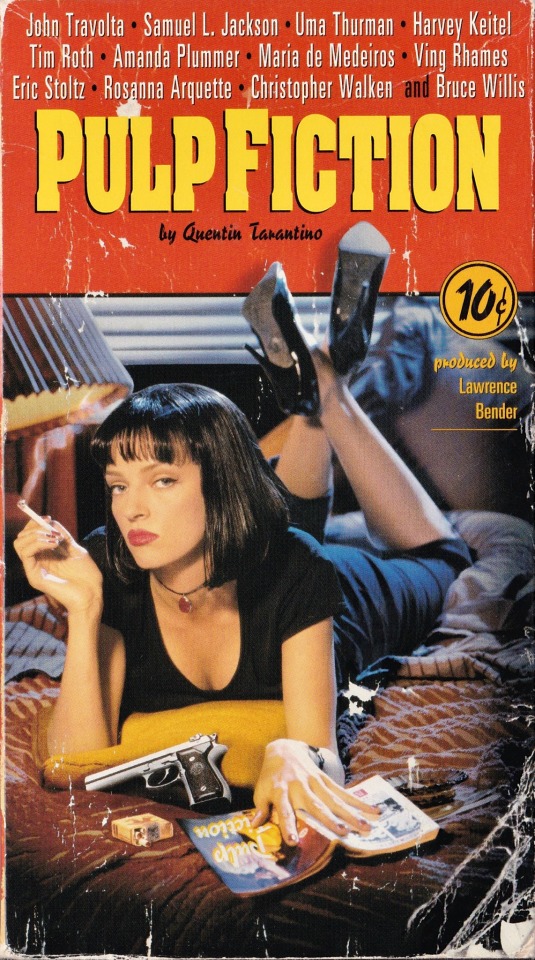

Cult classic
8 notes
·
View notes
Text
The Lavender Haze music video is Talyor telling us her directorial style will be heavily inspired by Quintin Tarantino (lots of random feet shots)
#taylor swift#lavender haze#lavender haze music video#swifties#quintin tarantino#taylors plan be is joining only feet#you kbow if the whole director thing doesnt work out
2 notes
·
View notes